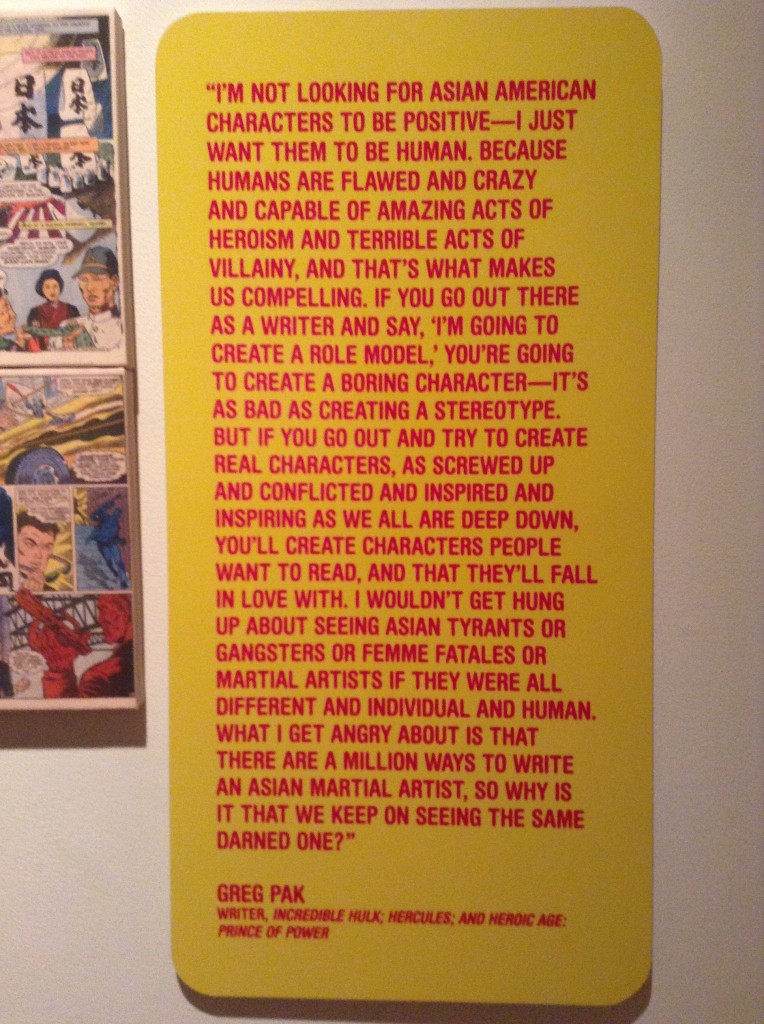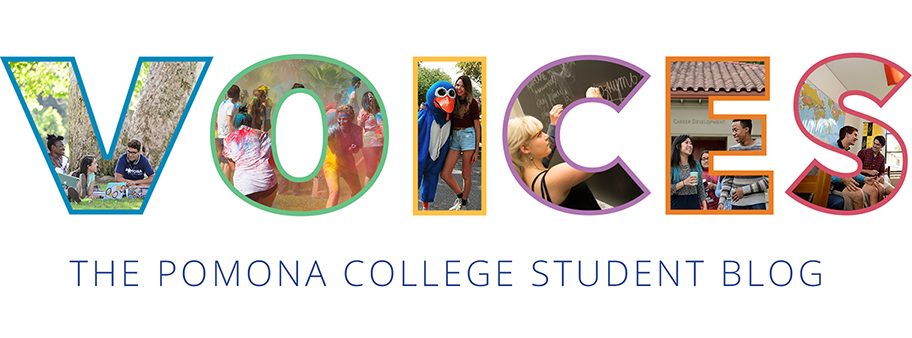I just realized that I had been off campus a lot recently. A huge contrast to my freshman year, when most of my off-campus ventures consisted of trips to Yogurtland in the Village. People sometimes complain about how easy it is to be stuck in the “Claremont Bubble” if you don’t have a car. Well, it all comes down to whether you really want to go off campus. I still don’t have a car. But I have been outside of the bubble quite a bit.
Six Flags
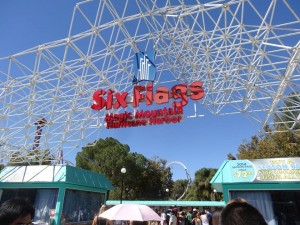
So I bought these discount tickets for Six Flags at ASPC office for $37 each last semester, and two weeks ago I finally got to visit this allegedly one of the best roller coaster entertainment parks in the world—only 80 minutes’ drive from Claremont. Roller coasters are so (anthropologically) interesting! It is amazing that hundreds of thousands of people come here each year to move in extreme high speed on these tracks thingy to experience what we call fun.
San Diego Zoo
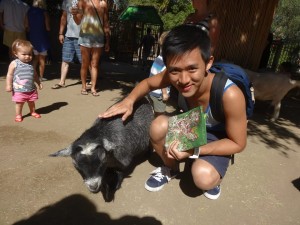
Another world-renown tourist site, only 2 hours away from Claremont. What’s more? This trip was brought to us by ASPC “47 Things Trips” program for only $5! Those 5 bucks probably have the greatest marginal utility among all the bucks I have spent in my life. Again I have to say first that the idea of a “zoo” is anthropologically interesting. It is still amazing to me that we keep so many species of animals other than us at these spaces so that we can look at them and say “wow, that’s awesome!” Okay, after saying all these things that might reveal my identity as an ET, I want to say SD Zoo is indeed the best zoo I have ever visited. The builders of the zoo just spent so much efforts recreating the natural habitats of these animals. So that these “natural habitats” are convincing to the animals? Or so that we are convinced that they are convinced by these meticulously created “reality.” How can they tell the difference between zoo and nature? And how can we prove that we are not living in a zoo, being displayed to organisms of higher intelligence who carefully crafted what we call universe? Anyway, SD Zoo was fun.
Huerta de Valle
I went on a class field trip to an organic farm in Ontario primarily run by Hispanic immigrants. The class was Media Arts for Social Justice at Pitzer College. The class seeks to connect students with underprivileged communities in Los Angeles area and engage students to do meaningful media works for those communities and organizations. (Check out the class’s website to learn more about this program: http://www.media4justice.org/) As part of the class, I and Frankie, a Pitzer student, were
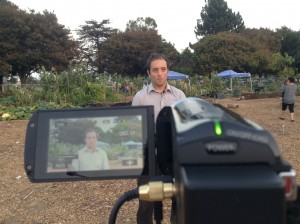
assigned to work for Huerta de Valle, an organic farm that students in Pitzer Ontario Program helped found. The idea was that it was really hard from underprivileged families in Ontario to get access to affordable healthy food, given the fact that part of Ontario is a organic food dessert. So the way the community and Pitzer Ontario Program decided to achieve food justice was to grow healthy food themselves! Hence the Huerta de Valle.
We learned a lot about the bigger context of the Huerta de Valle project from its student leader Arthur, who went through the urban history of the City of Ontario as we drove through this increasingly urbanized area. We learned that Ontario, having both a relatively wealthy part and a less well-off part, is economically divided. The municipal authority of the the city focuses a lot on the high-end commercialization of the certain areas (such as Ontario Mills), whereas not enough emphasis has been put on improving the organic food access of certain areas.
We were also personally touched by Arthur’s speech (which is his interview) about the big picture of the project. He was able to look at the issue on a global scale and see his efforts fitting into a broader purpose of universal food justice. We were also surprised by how diverse the local groups working on the farm were. There were Hispanic families, Pacific Islanders families working when we visited. We also saw African American and Caucasian visitors on the farm. Interviewing people worked very well. Arthur and Maria both have a lot to say about the project. We hope to interview more people who are not necessarily involved in the project’s leadership and hear about their stories. In general, we felt a sense of camaraderie and collaborative spirit on the farm and it was inspiring how much progress the project has made in such a short time. I can’t wait to go back next time to continue my work for the farm.
Little Tokyo, LA
Last Saturday I went to Little Tokyo with some of my sponsies (and their friends). Most

of them have never been to downtown LA, so I thought it would be nice to brought them there to take a look. It took us an hour to get to LA Union Station by train, and Little Tokyo is only 5 mins’ walk away. We first visited Japanese American Museum, which happened to be free that day! There was a particular section of the museum that really fascinated me. It was about the historical portrayals of Asians in American comic books. The displays were very well made and the contents still relevant. There was also a quote that I found about the solution of issues surrouding Asian American representation that was so well-said that I took a picture of it. Last semester I wrote an essay on the
representation of Asian Americans on TV, and my thesis very much resonates with that quote. After the visit to the museum we walked around the entire Little Tokyo area and had dinner at a Japanese restaurant, in fact the exact same restaurant where my ID class (Mirroring Japanese America) field trip brought me. Delicious as always.
